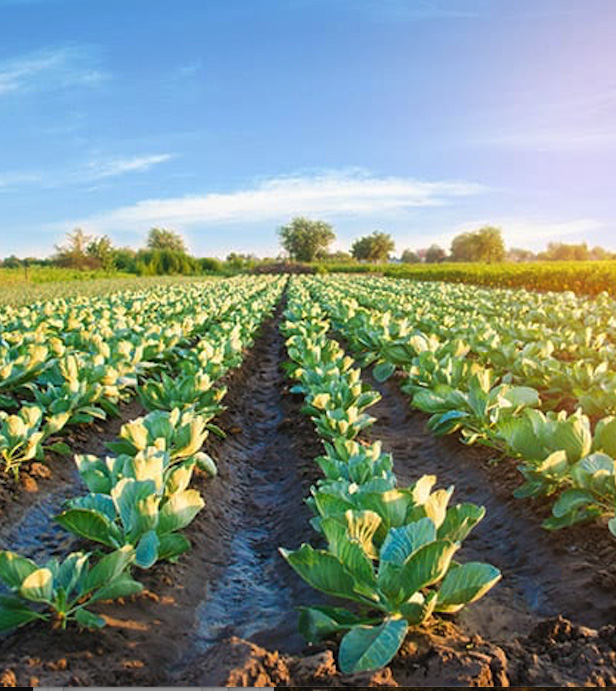The views and opinions expressed by the author(s) do not represent the official position of Barbados TODAY.
by Peter Webster
“You only miss the water when the well runs dry. You only miss the light when it is burning low. You only miss the sun when it starts to snow.
You only know you love him/her when you let him/ her go” – Anon “The world’s population has experienced continuous growth following the Great Famine of 1315–1317 and the end of the Black Death in 1350, when it was near 370 million. It was: one billion by 1804; two billion by 1930; three billion by 1960; four billion by 1974; five billion by 1987; 6.9 billion by 2010; and 7.9 billion by 2021.
“The global population is still increasing at about 81 million people per annum, but there is significant uncertainty about its long-term trajectory due to changing rates of fertility and mortality” – Wikipedia.
Despite COVID, which has been mortally tame compared to some of the diseases likely to come like Ebola and SARS coupled with ongoing famine, which has been decimating parts of the world for years, the United Nations (UN) Department of Economics and
Social Affairs has projected a population between 9-10 billion people by 2050, and 10-12 billion by the end of the 21st century.
A reasonable, internationally accepted estimate for the sustainable population of earth is eight the world population currently at 7.9 billion people and typical projections of population growth, our planet will be in a state of human overpopulation by 2030.
During that period of rapid population growth when the population actually doubled in 44 years, food consumption was growing at an even faster rate, doubling every 30 years, because economic development was giving consumers more purchasing power that allowed food, though it was increasingly expensive, to be more affordable hence increasing consumption.
This implies increasing demand that is not being met by similar increases in supply. At the same time the UN’s Food and Agriculture Organisation (FAO) estimates that already 20 per cent of the World’s population, or more than 1.5 billion, are hungry, either because there is not enough food or it cannot be afforded by the poor with prices rising.
In Barbados our arable lands have rapidly shrunk from the 65,000 acres (25,000 hectares) since the beginning of time and up to 1970, when His Excellency The Right Honorable Errol Barrow enacted his draconian Sugar Industry legislation, to 40,000 acres (identified by the Chief Town Planner) in 2006 and to less than 30,000 acres (12,000 hectares) today.
Is there anybody out there who still believes that we have food security and can feed ourselves? There is no consolation in the fact that decreases in arable agricultural land have occurred the World over as a result of “development” similar to that in Barbados.
However, increases in consumption/ demand has been met with increases in production and supply of food through increased yields, from improved agricultural technology, irrigation and management coupled with improved handling, storage, processing and distribution and reduced wastage.
These technological improvements have come with an increasing cost, hence increased prices, but this technological improvement would appear to have essentially climaxed with genetically modified crops.
It is noted that there are some who feel that more intensive cultivation systems, as opposed to the extensive, highly mechanised systems that exist, could also achieve the increases needed to feed the additional 81 million people each year. More intensive cultivation will significantly increase costs making such food even less affordable to the poor.
Although the United Nations claims that there are still one billion hectares of land available for agriculture, it is all marginal agricultural lands that will entail additional costs in production as essentially, there is little unused or underutilsed, good agricultural land left anywhere on the planet to meet the increasing demand for food.
Brazil had 20 million hectares of such underutilized land other than its forests in 2008, but all of that is now being cultivated.
The exception to this lies on CARICOM’s doorstep but that is another story since CARICOM’s leaders are blithely unaware of the potential for CARICOM of this last agricultural frontier and have done little about it.
Given the foregoing, how is it possible for the Planning Authorities in Barbados to justify and approve the use of good agricultural land in Barbados for solar “farming” when there is so much roof and parking lot space (>1,000 acres in Bridgetown alone) that could serve the same purpose without destroying our agricultural land?
I will not hold my breath until there is a reasonable answer. It is unfortunate that those “planners” and developers will not likely be around when their “fowls come home to roost” or worst yet – “their manure hits the fan”. Like water in a sink-hole vortex – round and round we go…
Peter Webster is a retired portfolio manager of the Caribbean Development Bank and a former Senior Agricultural Officer in the Ministry of Agriculture.




